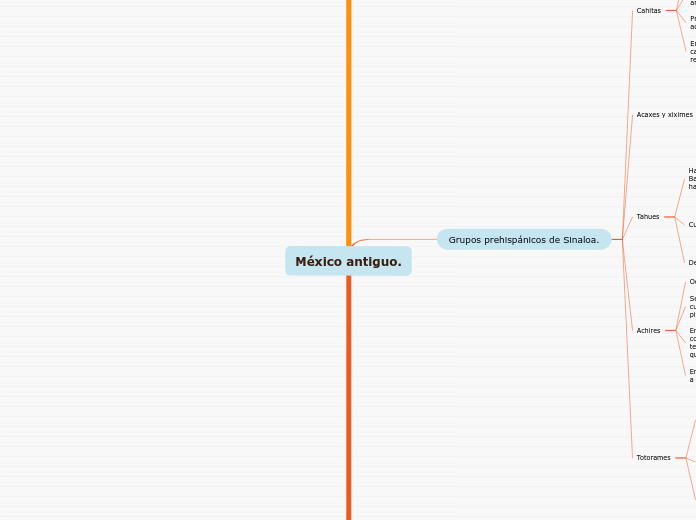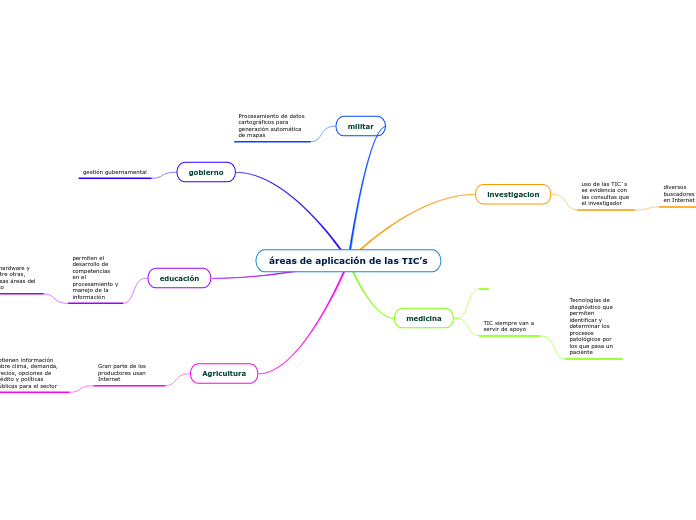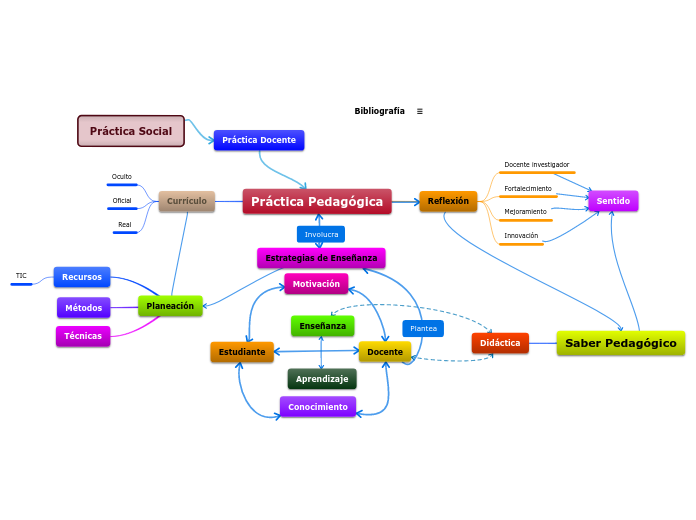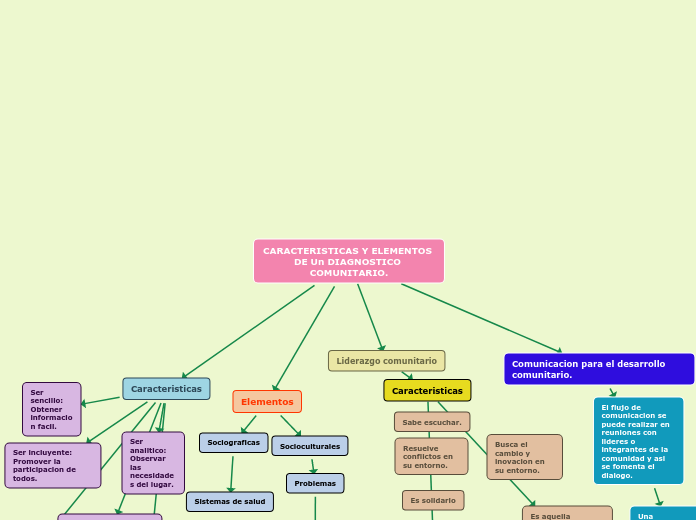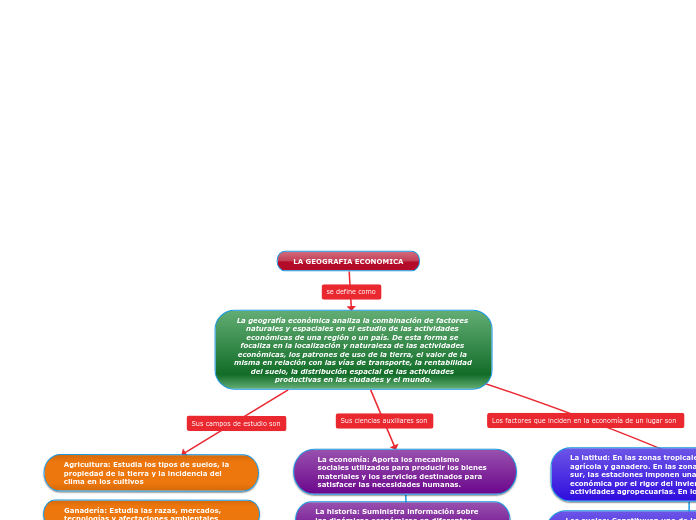México antiguo.
To name your story, you have to think about the overall message and what you want your audience to understand from the story. Also, make it relevant and easy to remember.
Herencias del México antiguo.
The ending of a story is essential. We all know that if the ending is weak, what happened before loses its importance. So make it unpredictable, but fair. A resolved ending answers all the questions and ties up any loose threads from the plot.
Estas son algunas de las herencias que nos dejo el México antiguo:
This is the closure section of the story.
See examples of possible outcomes below:
- all problems have been solved
- it's clear how each one of your characters ends up
- your main character is transformed by the challenge
Creación de panteones.
Construcción de pirámides con fines de culto.
Edificación de complejos urbanos y arquitectónicos.
Construcción de obras hidráulicas.
Trabajo textil de algodón.
Preparación del maíz usando cal (Nixtamal), para transformarlo en tortillas y en tamales.
Domesticación del maíz y de otras plantas.
Uso de técnicas de cultivo
Try answering these questions in order for you to come up with a closure:
- Have all problems been solved?
- Is it clear what happens with all your characters in the story?
- Has the challenged transformed your main character?
- How do the characters feel in the end?
Bastón plantador
Azadón de madera
Innovación técnica orientada a la agricultura, terrazas, chinampas y milpas.
Try answering these questions to come up with a closure:
- Have all the problems been solved?
- Is there a clear picture of what happens with each character in the story?
- Has the challenge transformed your main character?
- How do the characters feel in the end?
Las primeras exploraciones españolas.
Grupos prehispánicos de Sinaloa.
The middle of the story is where you add layers of complications that will lead to the end. Reveal more about the character's journey. Did their personality go through changes? How did they overcome the challenges? And as you build up the story’s central conflict, make it more personal to that character. Also, from the middle act, you have to lead into the final act.
Totorames
There wouldn't be any tension and excitement in your story if there weren't any obstacles in your character's way.
Eran grupos sedentarios y se dedicaban a la agricultura aunque la pesca era parte de su dieta.
Sembraban tabaco y algodón para elaborar prendas de vestir.
Salaban el pescado para conservarlo y comercializar con el.
Su influencia era tan grande que llego hasta los estados de Durango, Nayarit e incluso Arizona.
Comprendían el territorio del rio Piaxtla y de Las Cañas.
A story is nothing more than a character overcoming a series of difficulties to reach the desired goal. Obstacles usually create suspense and conflict. In overcoming obstacles, there is growth: weak becomes strong; hatred turns into love; sadness into happiness; wrong into right; lies into truth; or evil becomes good.
See a few examples below:
- stopping a meteor
- finding a killer
- finding love
Algunas comunidades vecinas como Teacapan, Escuinapa y Otates, servían como centros ceremoniales.
Tuvieron señorío independiente cuya cabecera se ubicaba en Chametla.
Achires
Eran de estatura elevada, por lo tanto eran superior a otros grupos indígenas.
Eran nómadas, y por eso no podían sembrar y cosechar algodón para elaborar prendas, aunque tenían mucha habilidad para elaborar petates con los que se cubrían de las inclemencias del tiempo.
Se alimentaban de almejas y pescados, de iguanas, culebras y ratas que cazaban en el campo, así como pitahayas, guayabas y guamúchiles.
Ocupaban la zona costera de Culiacán y Angostura.
Tahues
Your character(s) need(s) motivation in order to solve the challenge(s).
Desarrollaron la cerámica.
Secondary characters might also have motives that lead them to cross paths with the main character or which might trigger them to help the main character.
Cultivaban frutos silvestres
Why does your character need to confront this challenge? What does he/she expect to accomplish by solving it?
See a few examples:
- will marry in 3 days
- can fix the mistakes of the past
Cultivaban algodón con el que hacían mantas y camisas para las mujeres, chile, maíz, calabaza y frijol.
Como tunas, pitayas y semillas de mezquite con las que hacían el atole.
Habitaban lo que hoy es Culiacán, Mocorito, parte de Badiraguato, la zona costera de San Ignacio y Elota, hasta la margen derecha del rio Piaxtla.
Secondary characters also might have motivs beacuse of which they may cross path with main character or which might trigger them to help the main character.
Acaxes y xiximes
Sus casas eran de barro y vara o piedra y lodo
Eran agricultores
Producían chile, calabaza y maíz.
Constantemente estaban en guerras y cuando las ganaban hacían grandes comilonas en las que todo el pueblo formaba parte de ella.
Habitaban la parte de la Sierra donde el estado de Durango y Sinaloa colindan.
Cahitas
Each story has a main character and that character usually needs to solve a problem or challenge. The character's challenge is the one that creates tension throughout the story.
Eran sedentarios, se dedicaban a la pesca y a la caza. Sembraban calabaza, frijol y practicaban la recolección de frutos silvestres.
Type in any other challenges which other characters in the story need to face.
Practicaban el deporte del Ulama, desaprobaban el adulterio y aprobaban la castidad prematrimonial.
Sus casas eran de petate, andaban semidesnudos cubriendo su cuerpo con mantas y pieles de los animales que cazaban.
Ocupaban lo que hoy es Ahome, El fuerte, Guasave, Sinaloa y parte de Choix.
In most stories, there are 3 challenges. The number 3 is a mystical number symbolizing completeness. Try to come up with interesting challenges with which your character needs to struggle.
See a few examples below:
- turns into a werewolf at night
- is sent back in time
Extendiéndose a lo largo de los ríos Fuerte y Sinaloa.
Las características de la conquista espiritual y militar.
Sociedades del México antiguo.
In the beginning of the story (or the exposition), you will need to introduce the setting and characters. You might also want to introduce the main conflict. This part of the story is important because it gives the reader necessary background information and maybe even a first insight into a character’s personality.
Oasisamérica
The setting (time & place) of a story can change throughout the plot.
Comprendió lo que hoy es Estados Unidos de América (Arizona, Utah, Nuevo México, Colorado, Nevada y California), las zonas noreste y noroeste de Sonora y Chihuahua.
The time of the story can also change. It can describe the event of a single day or can include an entire year's plot. Anyway, don't forget to mention it.
En los márgenes de los ríos San Juan, Colorado y El Grande surgieron grandes asentamientos.
Los grupos de esta region fueron sedentarios, practican la agricultura, elaboraron cerámicas, construían casas ceremoniales y casas habitaciones.
Your story can take place wherever your imagination will take you to.
For example: in an elevator, in an enchanted forest, etc. Don't forget to give details of the environment each time the setting changes, otherwise, the story can be confusing. Also, mention the seasons as each of them has unique weather and events.
Mesoamérica
En los tiempos de la conquista el territorio estaba delimitado por los rios Sinaloa (Noroeste) y Pánuco (Noreste) y en la parte central no rebasaba la cuenca del rio Lerma.
Region que se extendió por el centro y sur de lo que hoy es México hasta Costa Rica.
Aridoamérica
Characters are essential to a good story. Usually, the protagonist(s) is/are the most affected by the plot. Introduce a character by focusing on their actions, interests, and occupation, as the physical appearance doesn't make a difference in most cases.
Se ubicaron grupos nómadas, pero no podían sembrar ya que la tierra no era apta.
Se extendió al norte de Mesoamérica y comprendió el territorio de lo que hoy son los estados de Baja California, Sonora, Chihuahua, Coahuila, Nuevo León, Tamaulipas, Sinaloa, Durango, Zacatecas, Aguascalientes, Querétaro, Guanajuato y San Luis Potosí.
Type in the name of your character.
